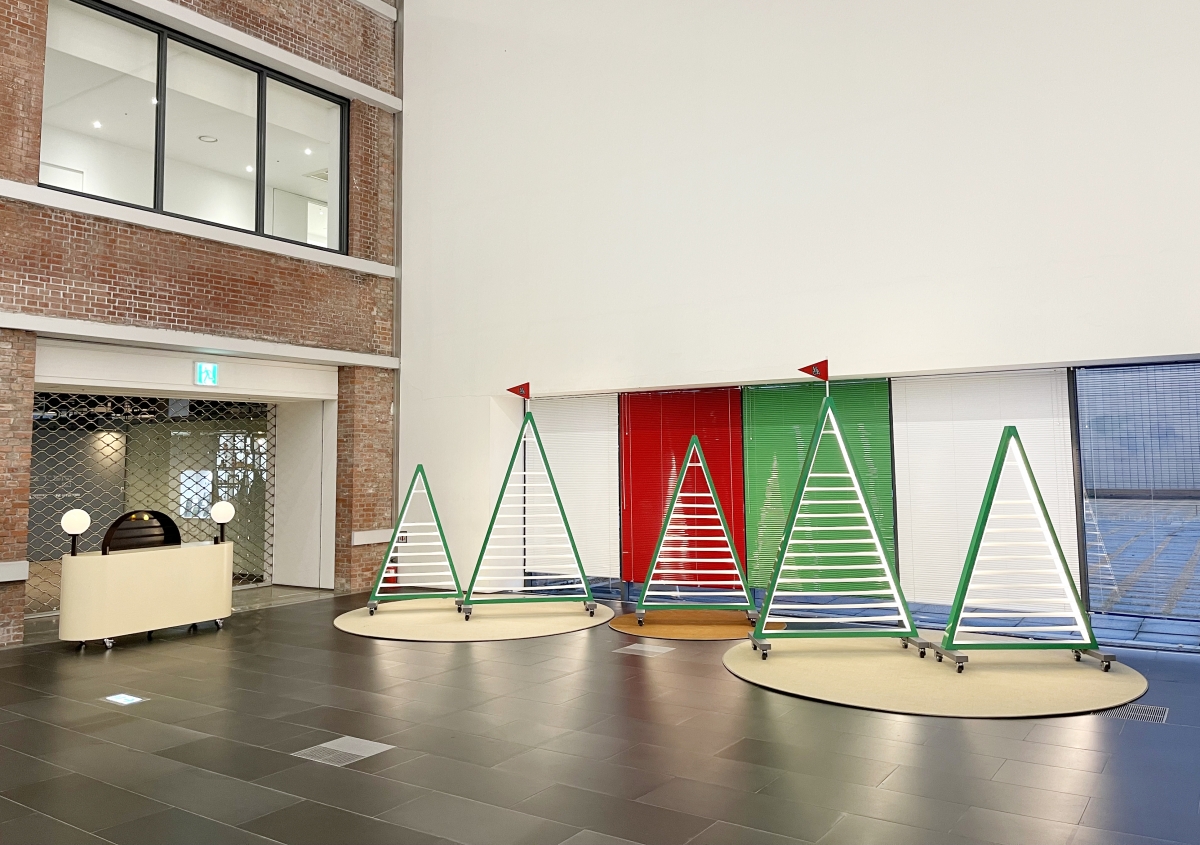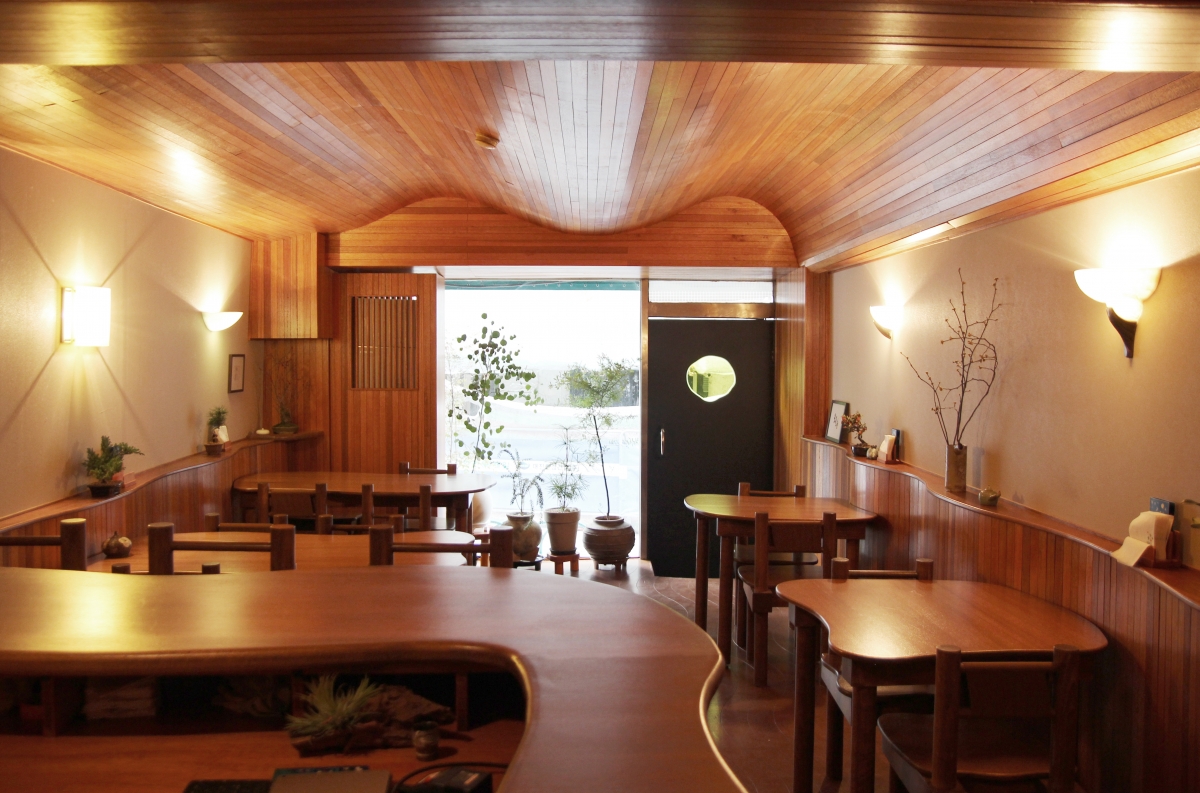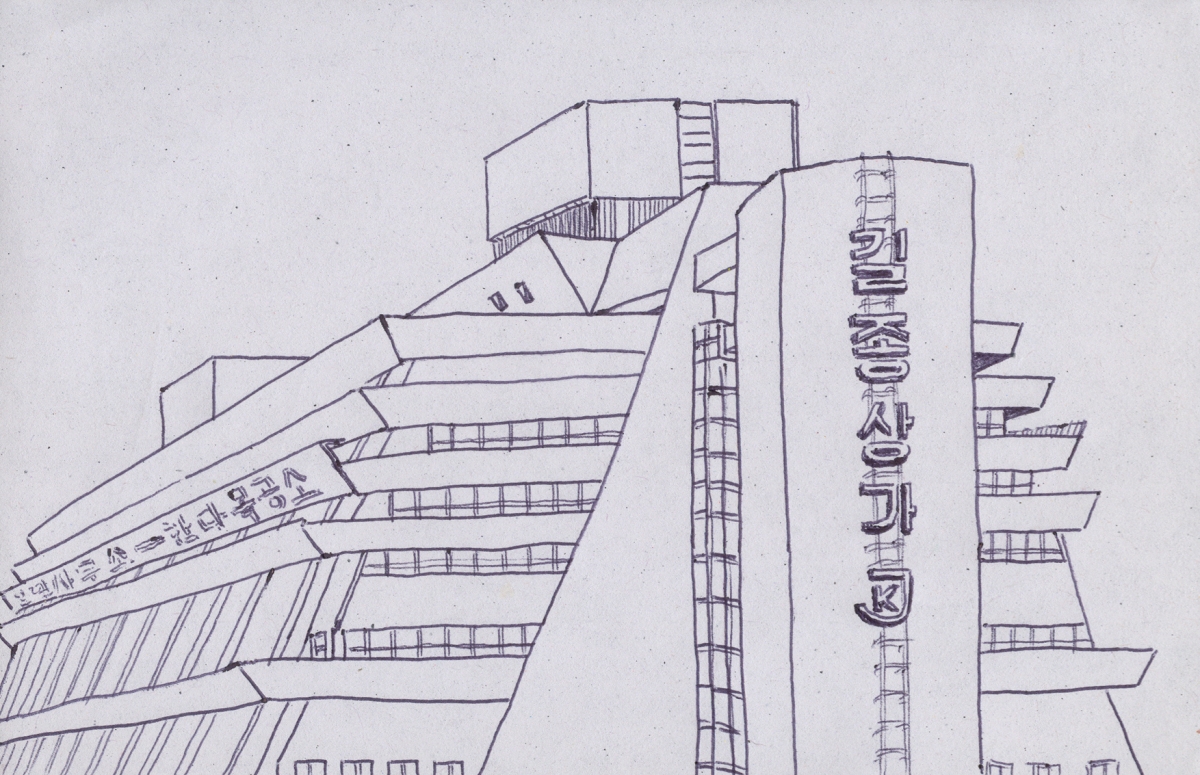Would it be an exaggeration to state that Kiljong Sangga is now as well known as Nakwon Sangga or Sewoon Sangga? Met with the realisation that ‘Kiljong Sangga’ is in fact an individual named Park Kiljong, one finds their extensive list of products ‒ ranging from interior furnishings to furniture and spaces ‒ quite inconceivable. To bring this about, Park has diligently and consistently managed his ‘arcade’ from 2010. In anticipation of the two books titled Kiljong Sangga 2021 and Porcelain Berry that will be published together to commemorate the achievements of the past 11 years, I had the chance to meet with him at his office.
interview Park Kiljong principal, Kiljong Sangga × Park Semi photographed by Kiljong Sangga (unless otherwise indicated)
Park Semi: After creating the name Kiljong Sangga on the 24th of December, 2010, you are now entering the twelfth year of its existence. I would like to hear your thoughts on this in brief.
Park Kiljong: The creation of Kiljong Sangga all began in a rather lighthearted fashion. The reason I have made it this far is because of a number of committed patrons who have continued to visit over the years, and for this I am truly grateful. Looking back over my work across the past ten years or so, I cannot help but wonder if they will continue to visit for ten more! (laugh)
Park Semi: In this line of business, you are considered to be in the first generation. Some media outlets even name you as the first ‘extra-small maker’. What is your opinion?
Park Kiljong: I’m sure that individuals or teams who make interior furnishings or produce furniture on a very small scale have long existed. Neighbourhood stores that function as both carpentry workshops and design studios have been features of our landscape. It’s just that Kiljong Sangga happened to capture imaginations more than other similar businesses.

Park Semi: I think a change in the market has also played a role in Kiljong Sangga’s prominence. Over the past ten years, the demand for production orders not only from individuals but also from organisations or companies have increased significantly. I’m curious to know if the range of work or clients have changed for Kiljong Sangga?
Park Kiljong: I think that my original training as an art student and my one year’s experience working with wood in a part-time job led to an integration of design and technology for me, which then became a unqiue aspect of Kiljong Sangga. My earlier works were mostly related to art or design projects. Moreover, the early 2010s was a time at which SNS became widely popular. At that time, Facebook was doing what Instagram is doing now, and my work was quite popular on Facebook. As such, many individual orders came in. Most of them were people from the cultural sphere, such as fine art or design. Now it is quite common to see people decorating their houses with furniture or employing elements of interior design, but at that time there was no such thing. To borrow a word used nowadays to describe my customers back then, they were hipsters, and they helped me out a lot! (laugh) Because of such things, my work received a much broader audience across these media platforms only 2 ‒ 3 years into the existence of the studio.
Park Semi: In the early stages of Kiljong Sangga, you held various event programmes such as ‘Repotting Green Friends’, ‘Big Warehouse Sale’, and ‘Halloween Costume/Dance Party’. The the main activities of the arcade, such as the employment office, the vocational school, and walk-in photography studio also now seem to operate around the processing shop as central focus.
Park Kiljong: At first, I tried to run an employment office and various programmes within the arcade. I organised a DJ set, a talk show, and sold off more than 100 pieces of vintage clothing. I also invited designers, photographers, and musicians to perform and even ran a boutique store. I’m not sure why I did so many things… (laugh) As I look back on them, I think they helped me a lot. Also, I think it is good that each has developed their own unique perception of Kiljong Sangga. Since the things I tried to do before are now performed by professionals from their respective stances, I don’t think I will ever attempt such things so rashly again! (laugh)
At the present moment, I’m more focused on design, production, and installation. Aside from personal furnishing and furniture production, I’ve been creating display works for brand promotional fixtures, such as the Hermès’ window display, as well as spatial designs for art galleries and museums.


Park Semi: After working in Itaewon, you relocated to Eulji-ro in 2016. Both places are known for their strong characters. In terms of material supply and production, I assume there is a close relationship between the work of Kiljong Sangga and its neighbourhood context?
Park Kiljong: I lived in Itaewon before opening Kiljong Sangga, so I did not consider any functional aspect when opting for that location. At first, I worked at home. I worked in the large room at first, and then I moved out to the hall, and after working for a few years piling up materials everywhere in the kitchen cupboards, I got myself a warehouse nearby to separate my workplace from my home. During my travels several times a week back and forth to Euljiro, I realised that I had to spend about 2 ‒ 3 hours just to settle a particular business matter.
It is easier to procure materials in Euljiro, due to the presence of suppliers in the vicinity, and so I decided to move my workshop here, which happened to be empty for two years until I moved in. Sometimes I ride the bicycle I leave at the entrance to make an order at a nearby shop, and to the shops related to metal production. I keep a close connection with them by frequenting their stores. If they call me saying, ‘please come down for a product checkup’, I get there and tell them ‘no, not like this, please do it in this way’ and ‒ while I’m already
there ‒ purchase some other necessary parts like bolts or tools. There is a certain system in place. (laugh)
Park Semi: This is probably even more the case due to the unique way everything is handled manually in Kiljong Sangga, from design to final production.
Park Kiljong: Exactly. As I produce the work and even do any installation myself, I minimise the process chain and keep a close connection to the related businesses. Because Euljiro is also close to Bangsan Market and Dongdaemun, I can also visit these sites too whenever certain materials are required.
Park Semi: This ‘one product per client’ working attitude of equivalent exchange is also something to which Kiljong Sangga adheres.
Park Kiljong: Of course, at times I sell kindred or slightly modified products to my acquaintances. (laugh) However, I try to avoid this whenever possible, because each design is created in strictest terms for each individual client. I have been asked on several occasions to recreate the same spatial designs completed in earlier projects. I reject such requests, explaining that it is simply not my way of doing things. I don’t want to simoply create a fashionable piece of furniture, or an item that is owned in every home. To put it in another way, I don’t believe that a single design can fulfill the needs of a hundred individuals. It is very difficult to satisfy everyone through mass production.
Park Semi: The series ‘aerial views of the arcade’ posted on your website depicts various buildings such as the Seoul Express Bus Terminal, Nakwon Sangga, 63 Building, and the Bank of Korea with the signpost of Kiljong Sangga posted on them. On your hundred or so business cards, various buildings are all presented as Kiljong Sangga. In other words, Kiljong Sangga as an actual building does not exist. Even the Kiljong Sangga workshop, where we are holding this interview, may have a physical address but it also states, ‘Do not visit’. (laugh)
Park Kiljong: The aerial view series was meant to express the lack of capital despite such extravagant ideals! (laugh) Don’t people dream of owning a building of one’s own? The lobby may house one’s favourite store, café, and gallery, the second floor may be rented to tenants, and the top floor would be where one lives. For fun I began drawing various ideas I had about the arcade ‒ whether they be big or small, be legged, be buoyant, connected to an electric cord, on a chair, or under the stairs ‒ and soon this went to over 100 new pieces.
Park Semi: In March, the two books Kiljong Sangga 2021 and Porcelain Berry, which commemorate the past 11 years of Kiljong Sangga, will be published in tandem. Upon visiting the homepage, however, there is already a detailed record not only the final products but also of your working processes. What new insights do these publications offer?
Park Kiljong: After publishing Kiljong Sangga 2011 (Mediabus, 2012) in 2011 to commemorate the first year since beginning the arcade, the original aim was to publish a book each year. (laugh) Then I realised that it takes a long time to produce a publication, and that a lot of people and help are involved in making a book. And so time went on until we reached 2021. I do keep the homepage constantly updated. I take photos of my creations and installations, pick a few among them, make adjustments, and upload them. I think I like to boast. (laugh) And as these records piled up, it came to me that this time I really wanted to put them together into a book. Instead of leading production, I passed the responsibility to my acquaintances—the graphic designer Shin Donghyeok and the editor Lee Miji. Kiljong Sangga 2021 is a book composed of various pictures of the work conducted in Kiljong Sangga, while Porcelain Berry is a book containing narratives written by seven authors regarding Kiljong Sangga. As it represents various perspectives within and outside of Kiljong Sangga, I’m also very much looking forward to seeing it.






